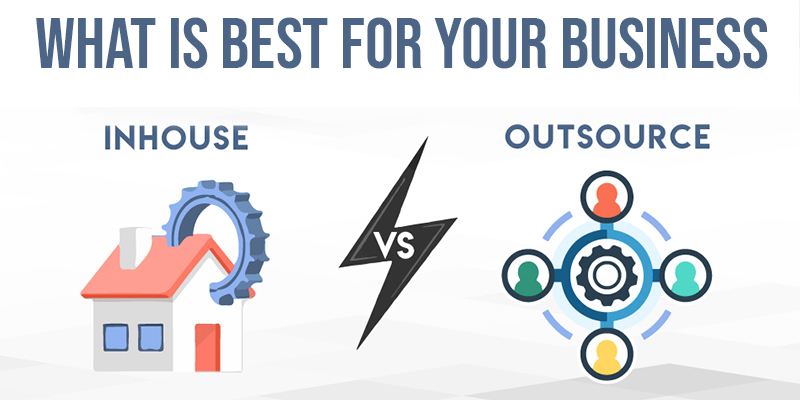
n today’s digital world, high-quality visuals are essential for businesses across industries. Whether you’re a photographer, an e-commerce store owner, or a marketing professional, image editing plays a crucial role in presenting your brand effectively. The big question is: should you keep image editing in-house or outsource it to a professional service? Let’s explore the pros and cons of both options to help you decide which one is right for you.
In-House Image Editing
Keeping image editing in-house means hiring a dedicated team or using existing employees to handle all editing tasks. Here are the key advantages and challenges of this approach.
Pros of In-House Editing:
- Full Control Over Quality & Style – You can ensure consistency in your brand’s aesthetics and maintain direct supervision over the editing process.
- Immediate Revisions & Adjustments – Quick turnaround for edits, especially when working with tight deadlines.
- Confidentiality & Data Security – Sensitive images stay within your organization, reducing the risk of leaks.
- Direct Communication – No delays caused by external vendors; you can provide real-time feedback to your team.
Cons of In-House Editing:
- High Costs – Hiring skilled editors, investing in software, and maintaining hardware can be expensive.
- Time-Consuming – Editing images in-house can take time away from other critical business activities.
- Limited Skillset – Your team may lack the expertise needed for advanced or specialized editing tasks.
- Scalability Issues – Handling large volumes of images can be overwhelming without the right resources.
Outsourced Image Editing
Outsourcing image editing involves hiring external professionals or agencies to handle the work. This option is increasingly popular due to its cost-effectiveness and efficiency.
Pros of Outsourced Editing:
- Cost Savings – You only pay for the services you need, avoiding long-term salary and training costs.
- Access to Expertise – Professional agencies have skilled editors with experience in various styles and techniques.
- Faster Turnaround – Outsourcing can significantly reduce turnaround times, especially when handling bulk orders.
- Scalability – Easily scale up or down based on your project needs without hiring additional staff.
- Focus on Core Business – Frees up your time and resources to concentrate on marketing, sales, and growth.
Cons of Outsourced Editing:
- Less Direct Control – You may have limited influence over minor details in the editing process.
- Security Concerns – Sharing images externally may pose a risk if confidentiality is a priority.
- Communication Barriers – Time zone differences or language barriers can sometimes lead to miscommunication.
- Quality Variations – If not carefully chosen, an outsourcing partner may not meet your quality expectations.
Which Option is Right for You?
The decision between in-house and outsourced image editing depends on your business needs, budget, and long-term goals. Here’s a quick guide to help you decide:
- Choose In-House Editing if: You need full control over your brand’s visual identity, have the budget to hire and train a dedicated team, and require frequent, real-time edits.
- Choose Outsourced Editing if: You want to save costs, require expert-level editing, need quick turnaround times, and prefer to focus on other business areas.
Final Thoughts
Both in-house and outsourced image editing have their own set of advantages and challenges. Assess your needs, budget, and workflow before making a decision. If cost efficiency and scalability are your priorities, outsourcing is the way to go. However, if brand consistency and real-time control are more critical, an in-house team may be the better choice.
Which approach do you prefer? Share your thoughts in the comments below!

